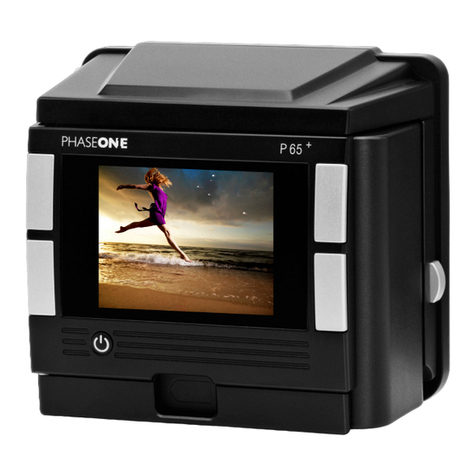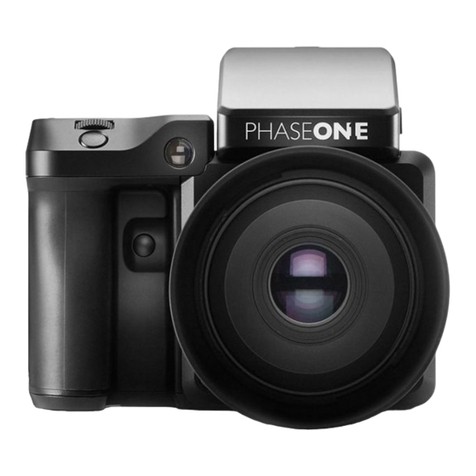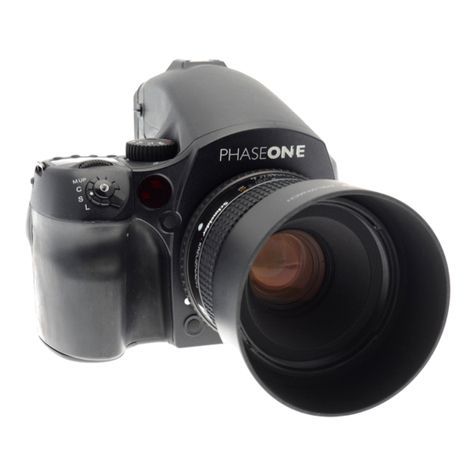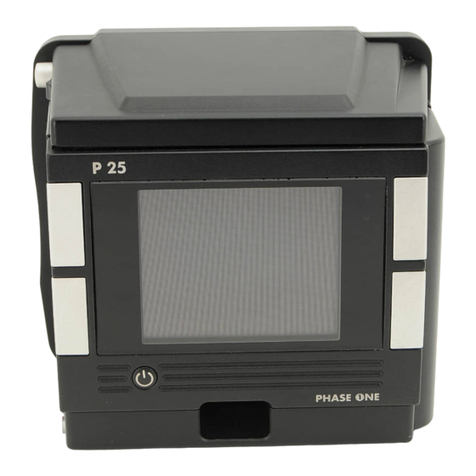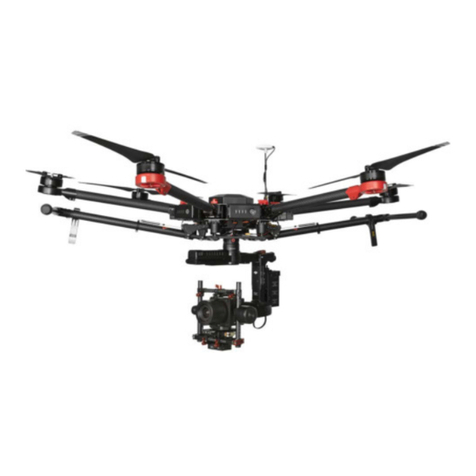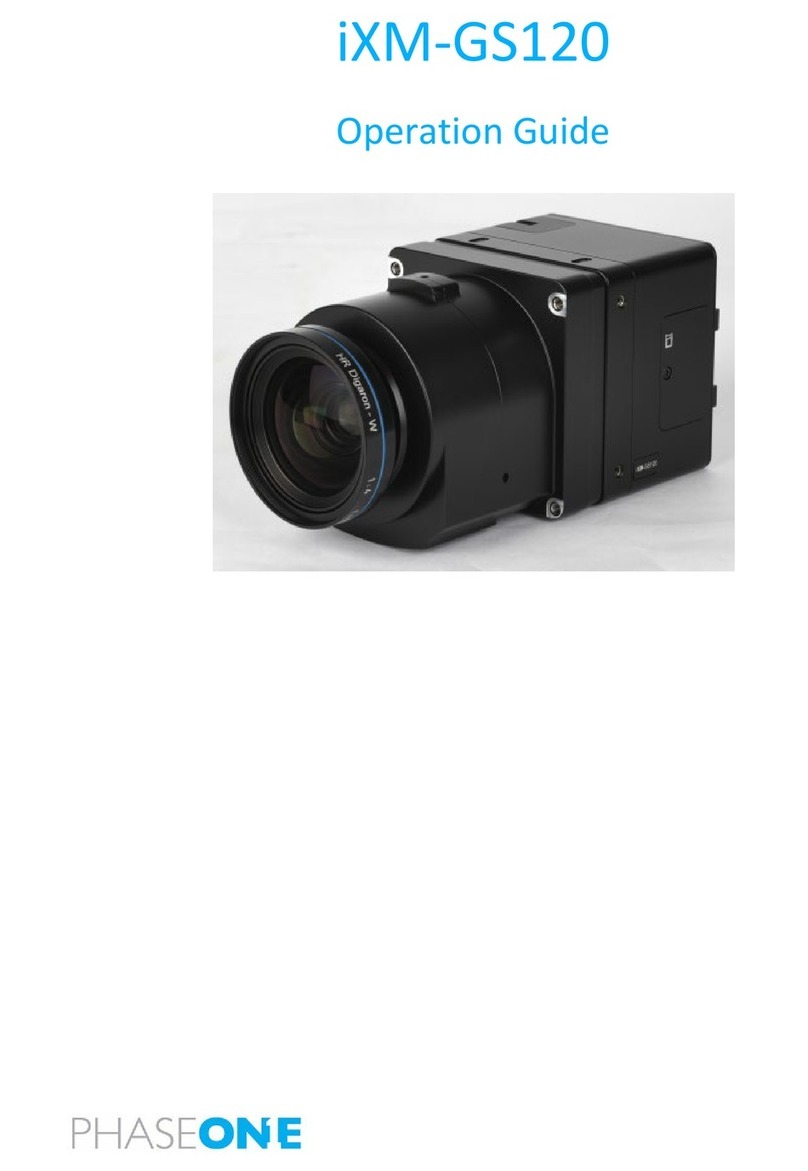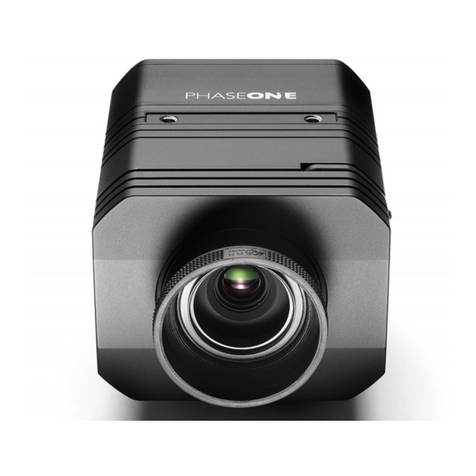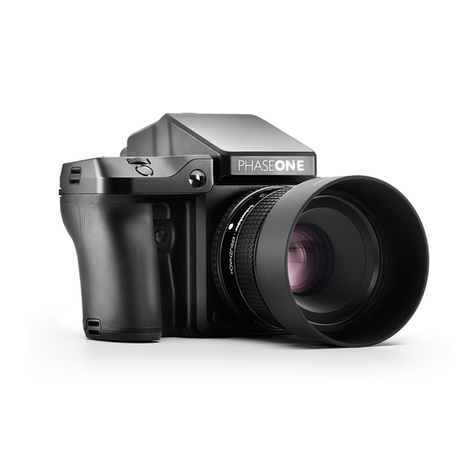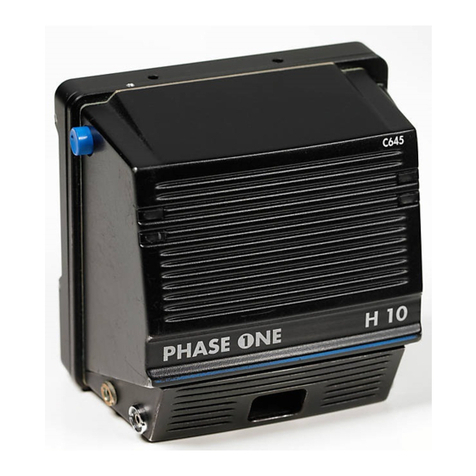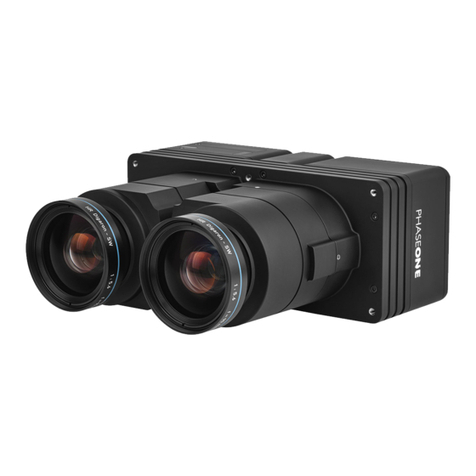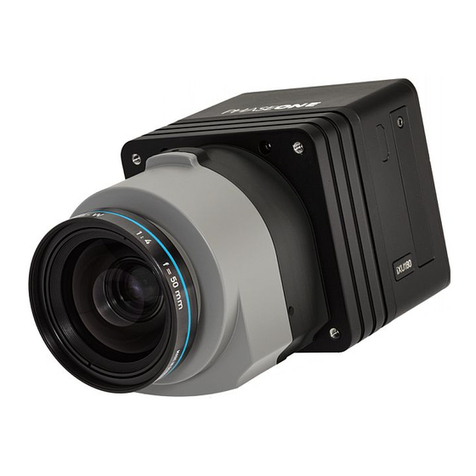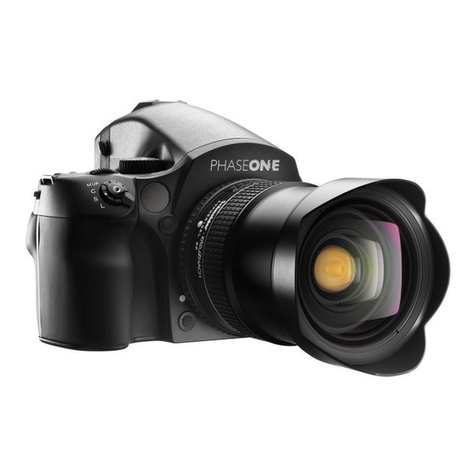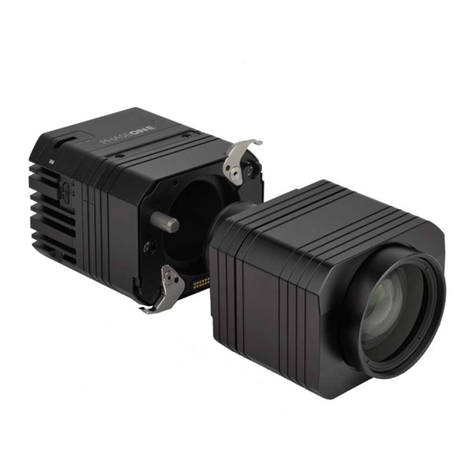
2Table of ContentsXT Camera System Manual |
Primary parts of the XT Camera System 4
XT Camera Body, IQ4 and XT Lens 4
Assembling the XT Camera System 6
XT Camera System Modularity 6
Attaching the IQ4 to the XT Camera Body 6
Rotating the XT Camera 7
Loading and removing the batteries 9
Readying the XT Camera System 9
Charging the batteries 10
Charging a device by USB 10
Setting Date, Time and Language 12
Security Code Protection 12
Ready for Capture Beep 12
Installing an XQD card 13
Installing a SD card 13
Removing an XQD card 13
Removing a SD card 13
Selecting cards for storage 13
Shutter Half Press 13
XT Camera System – Getting Started 15
Turning the XT System On and O 15
Setting the Exposure 15
XT Capture Settings 16
Adjusting the Focus 16
Using Shift 16
Capturing Images 17
Viewing the Image 17
IQ4 Navigation 18
Touch Screen Operation 18
Accessing Tools, Settings and Status 18
Using the Shortcuts Menu 19
Using the Status Bar 19
Status Menu 20
Camera Controls 20
Live View 20
Changing settings in Tools 21
Four Key Navigation 21
Camera Controls 22
Capturing an image 22
Long Exposure 23
Drive modes 23
Choosing the File Format 24
Selecting an IQ Style 24
Exposure Level Increments 24
Display O During Exposure 24
Virtual Horizon Tool 25
Bracketing tool 25
Time Lapse tool 26
Live View 27
Activating Live View 27
Adjusting Exposure in Live View 27
Selecting Exposure Settings 27
Exposure Simulation 28
Using the Exposure Adjustment Aids 28
Live RGB and RAW Histograms 28
Live RAW Clip Warning 28
Using Auto Gain for Automatic Brightness 29
Displaying a Grid 30
Setting a Custom White Balance 30
Virtual Horizon Tool 31
Live View Auto Pause 31
Set Preview Zoom Level 31
Viewing Images 32
Viewing single Images 32
Delete a single image 32
Rating an image 32
Displaying a Histogram 32
Image Info 33
Exposure Masks 33
Exposure Zone 33
Setting a Custom White Balance 34
Viewing Images as thumbnails 34
Deleting multiple images 35
Browser Image Info 35
Browser Exposure Masks 35
Tools Viewer 36
Using the Tools Viewer 36
Histogram 37
Exposure and Clip Warning 37
Exposure Zone 38
File Storage Setup 39
File Storage overview 39
Storage Mode 39
Content | XT Camera System Manual
Jump to
Table of Contents
